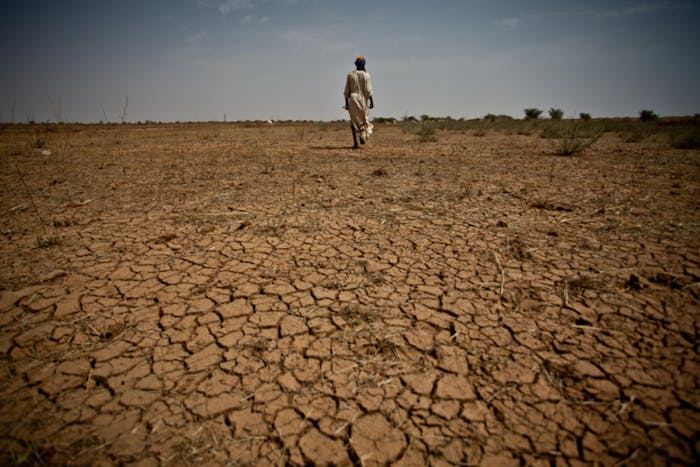More Water Stress: An Ingredient For Conflict
Water can be associated with many historical conflicts. These conflicts were mainly about scarce water resources. The construction of dams has also been, and will continue to be, a driver of conflict. Both between riparian states, and between governments and the people living in the affected areas.
Created in partnership with:
![]() Planbureau voor de Leefomgeving
Planbureau voor de Leefomgeving

 16 Peace, Justice and Strong Institutions
16 Peace, Justice and Strong Institutions
 15 Life On Land
15 Life On Land
 06 Clean Water and Sanitation
06 Clean Water and Sanitation
 10 Reduced Inequalities
10 Reduced Inequalities
 02 Zero Hunger
02 Zero Hunger